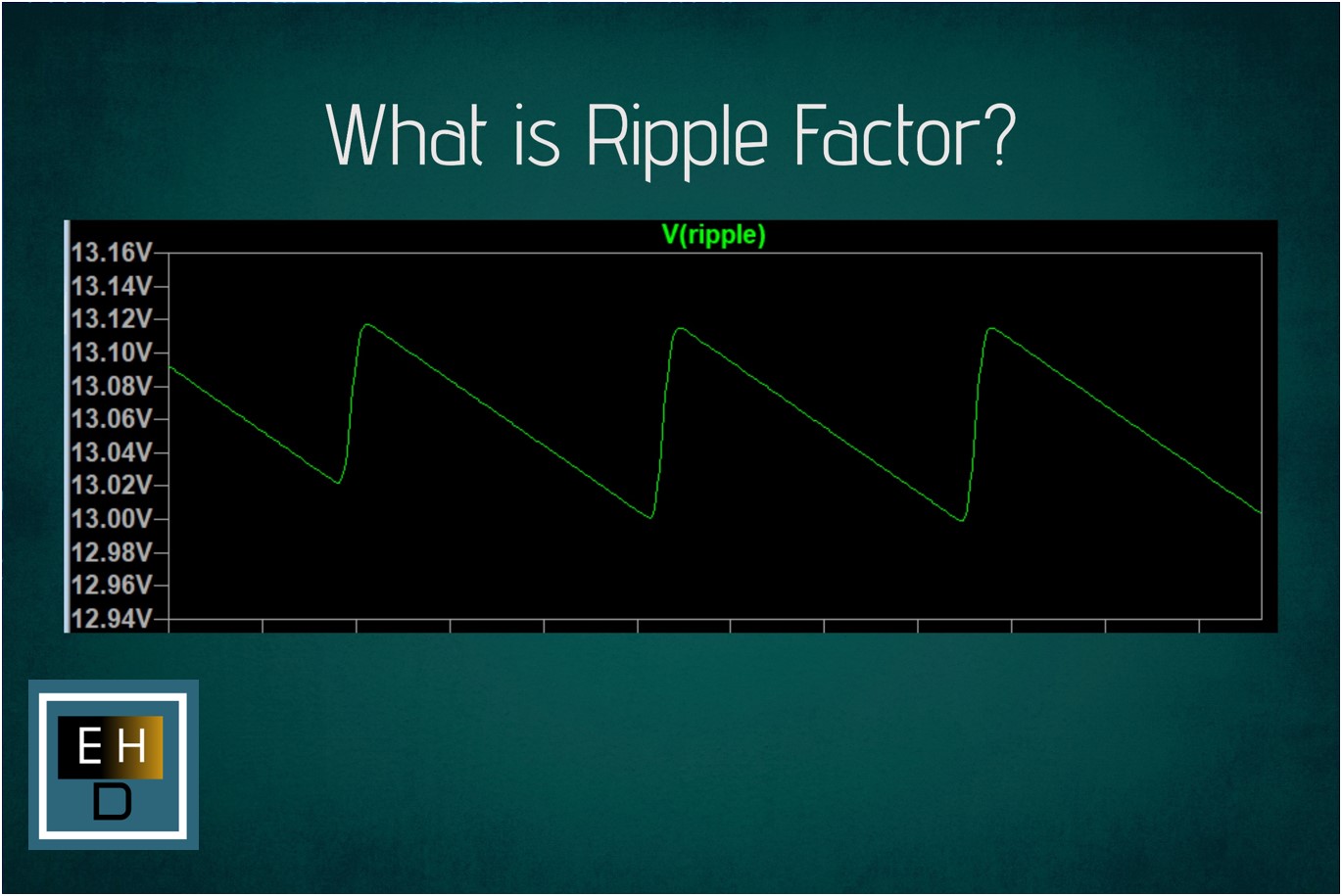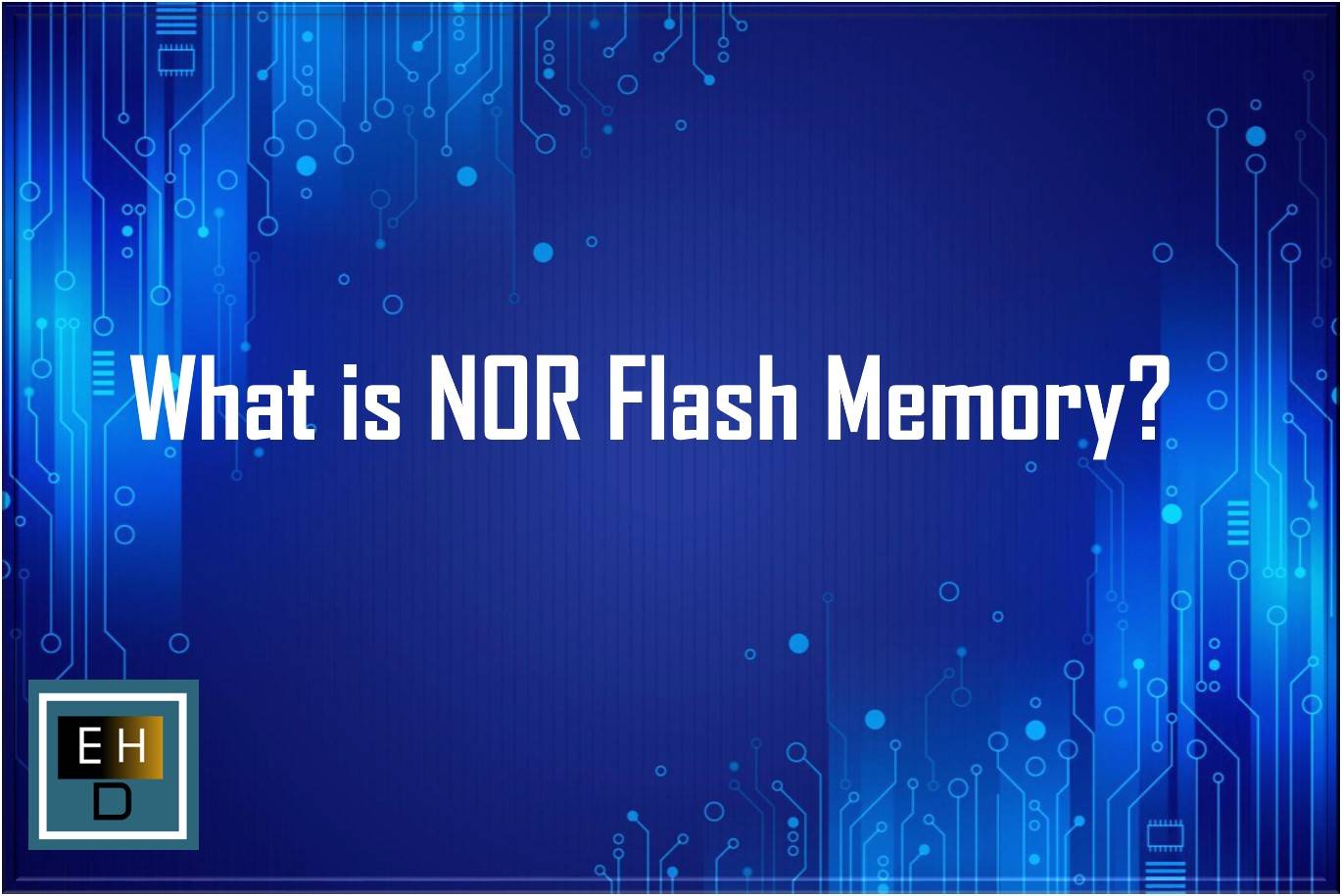In the fast-paced world of modern product development, the distance between a brilliant idea and a successful market launch is fraught with challenges, assumptions, and risks. The traditional “waterfall” approach, which is concerned with spending months or even years perfecting a design in isolation before a single user sees it, is becoming a relic of the past. Today, speed, agility, and user feedback are paramount. This is where Rapid Prototyping emerges as a game-changing methodology, transforming how companies innovate and bring products to life.
What is Rapid Prototyping? From Idea to Tangible in Record Time
At its core, rapid prototyping is the process of quickly creating a tangible, testable model of a product or feature. This “prototype” is not the final, polished version; instead, it’s a simplified representation designed to answer a specific question or test a key assumption. It can range from a simple paper sketch of a mobile app screen to a 3D-printed physical model of a new gadget.
The key word here is “rapid.” The goal is to transition from a conceptual model to a hands-on approach as quickly and inexpensively as possible. This speed enables teams to fail quickly, learn rapidly, and iterate their way to a successful design based on real-world feedback rather than internal guesswork.
The “Why”: Key Benefits of Embracing Rapid Prototyping
Integrating rapid prototyping into the development lifecycle isn’t just about being trendy; it delivers tangible business advantages that can make or break a product’s success.
- Drastically Reduces Risk: The most significant risk in product development is building something nobody wants or needs. Prototyping allows you to test your core ideas with actual users early on, validating assumptions and identifying fatal flaws before significant time and money have been invested.
- Fosters True User-Centricity: You can think you know what users want, but you don’t truly know until you watch them interact with a prototype. This process puts the user at the center of the design journey, ensuring the final product is intuitive, helpful, and solves a real problem.
- Improves Collaboration and Communication: A tangible prototype is a powerful communication tool, as it gets everyone, including designers, engineers, marketers, and stakeholders, on the same page. A physical or interactive model is far more effective at conveying a vision than a dense requirements document, leading to better feedback and clearer alignment.
- Accelerates Innovation and Iteration: By quickly creating and testing multiple concepts, teams can explore more creative solutions and refine their ideas based on what works. This iterative loop of “build, test, learn” is the engine of modern innovation.
For aspiring innovators looking to master this crucial methodology, enrolling in high-quality product design courses is a vital first step. These programs provide the foundational knowledge in user research, ideation, and prototyping techniques that are essential for creating successful, user-centric products.
The “How”: A Spectrum of Prototyping Techniques
Rapid prototyping isn’t a single method; it’s a spectrum of techniques, each suited for different stages of the design process.
- Low-Fidelity Prototypes: These are quick, simple, and low-cost. Examples include paper sketches, storyboards, and clickable wireframes created with tools such as Balsamiq or Figma. They are perfect for testing overall concepts, user flows, and information architecture.
- Medium-Fidelity Prototypes: These add more detail, visual polish, and interactivity. They might include basic color schemes, real text, and more refined interactive elements. They are great for testing usability and the interface’s feel.
- High-Fidelity Prototypes: These prototypes closely resemble the final product in terms of appearance and functionality, offering a visually detailed and highly interactive experience. They can be used for late-stage usability testing, stakeholder demonstrations, and gathering feedback on aesthetics.
- 3D Printing (for physical products): For hardware and industrial design, 3D printing is the ultimate rapid prototyping tool, allowing designers to create physical models to test ergonomics, form, and fit.
Cultivating Prototyping Expertise in a Global Market
The demand for product professionals who are skilled in rapid prototyping and user-centered design is surging globally. Companies are actively seeking individuals who can not only generate ideas but can also validate them efficiently. In a dynamic and growing market like India, this skill set is particularly valuable. Many institutions now offer specialized product design and development courses in India, equipping the next generation of product managers and designers with the hands-on experience and strategic mindset needed to build world-class products that meet both local and global user needs.
Conclusion: Build, Learn, Succeed
Rapid prototyping has fundamentally changed the landscape of product development. It transforms the process from a high-risk gamble into a structured, user-driven journey of discovery. By embracing a culture of rapid experimentation and continuous learning, companies can significantly increase their chances of building products that don’t just launch, but truly resonate with users and succeed in the marketplace. In the modern innovation race, the fastest learners are the ones who win.
Author Profile
- 20+ years embedded hardware design professional with a burning passion for teaching. Sharing the intricate world of embedded hardware is my mission and joy.
Latest entries
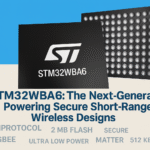 Tech Updates30 November 2025STM32WBA6: The Next-Generation MCU Powering Secure Short-Range Wireless Designs
Tech Updates30 November 2025STM32WBA6: The Next-Generation MCU Powering Secure Short-Range Wireless Designs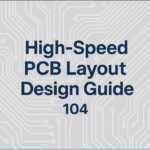 Blogs24 November 2025High-Speed PCB Layout Design Guide-104
Blogs24 November 2025High-Speed PCB Layout Design Guide-104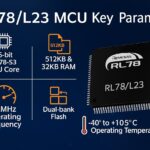 Tech Updates14 September 2025Renesas Launches RL78/L23 Ultra-Low-Power MCUs to Power Smarter Home Appliances
Tech Updates14 September 2025Renesas Launches RL78/L23 Ultra-Low-Power MCUs to Power Smarter Home Appliances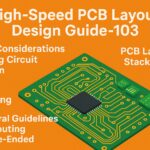 Blogs7 September 2025High-Speed PCB Layout Design Guide-103
Blogs7 September 2025High-Speed PCB Layout Design Guide-103



